This is truly the best roasted turkey I’ve made. Use our turkey recipe for turkey with amazing flavor, soft and tender meat, and crispy skin. We highly recommend it to anyone preparing a turkey, especially for Thanksgiving!
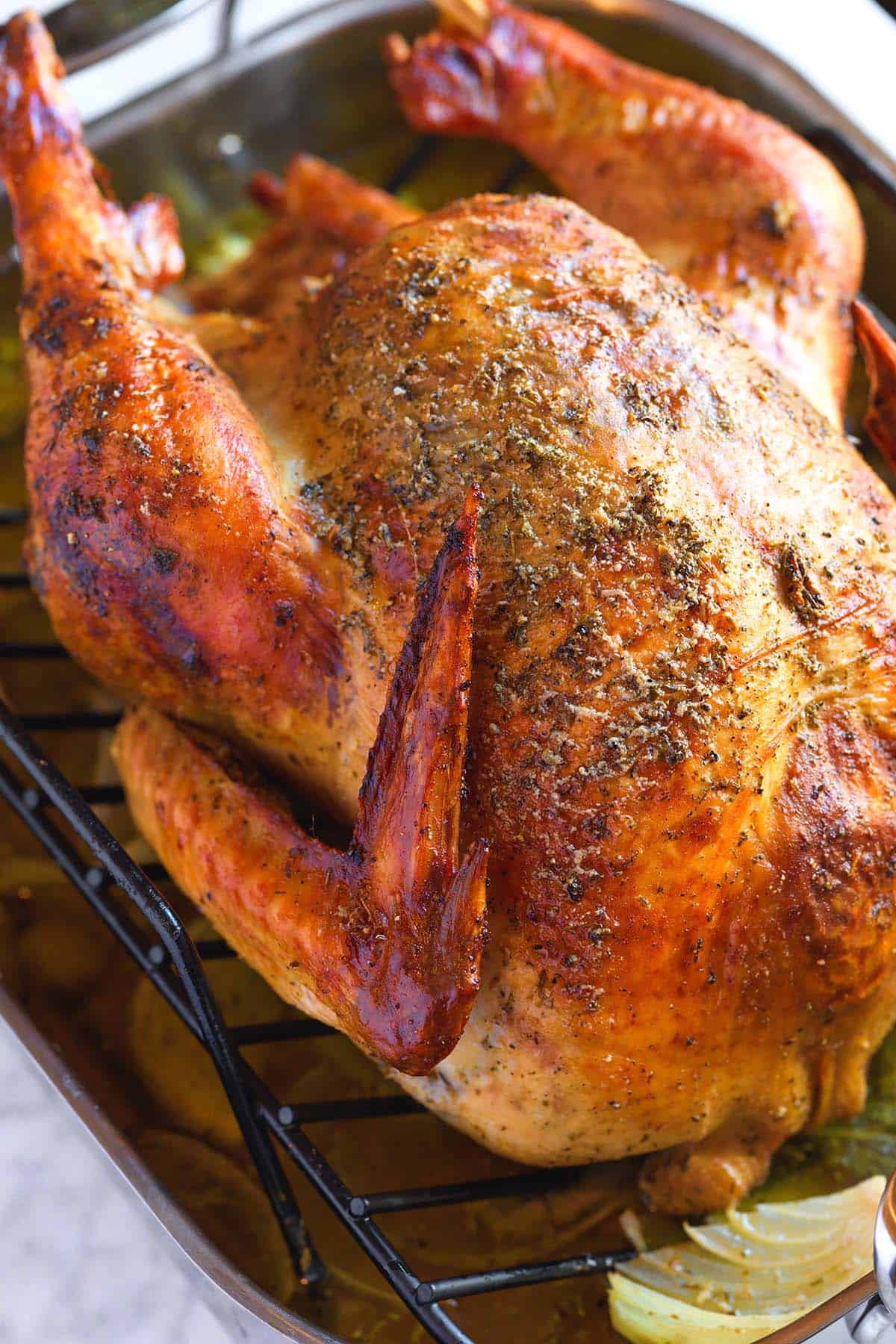
We don’t roast turkey very often, but when we do, we go all in. My secret weapon is our homemade turkey butter, packed with butter, garlic, and herbs. We tuck it under the skin for incredible flavor, color, and moisture, then brush it all over the outside. It’s a lot of butter, but trust me, it’s worth it!
This is my favorite turkey recipe for Thanksgiving, but you can enjoy it any time of year. For smaller gatherings, use our recipe for garlic herb roasted turkey breast.
Thanksgiving Turkey Timeline
If you are like us, you don’t roast many turkeys throughout the year. Most of us really only roast them around the holiday season. Here’s our timeline for thawing, brining, and roasting a turkey. I will use Thursday as our goal since that’s how Thanksgiving falls in the US, but you can move the days around to fit your intended roasting day.
This timeline assumes a thawed turkey. I’ve shared our tips for thawing turkey below.
- Monday: Brine the turkey (yep, we brine turkey and love it). Here’s my favorite turkey brine, which I use to make the roasted turkey in our video.
- Wednesday night: Remove turkey from brine, and air-dry in the refrigerator overnight (for best crispy skin)
- Thursday: Roast the turkey, allowing approximately 14 minutes per pound, in an oven preheated to 325°F (162° C). See below for the best roasted turkey we made in a long time.
How to Make the Best Thanksgiving Turkey
The key to the best juicy whole roasted turkey is fat. Everyone wants juicy turkey, but the truth is that turkey is lean. That’s why we recommend using lots of our herb butter. Most of the year, you won’t catch me stuffing this much butter into anything, but I make an exception for turkey, especially Thanksgiving turkey.
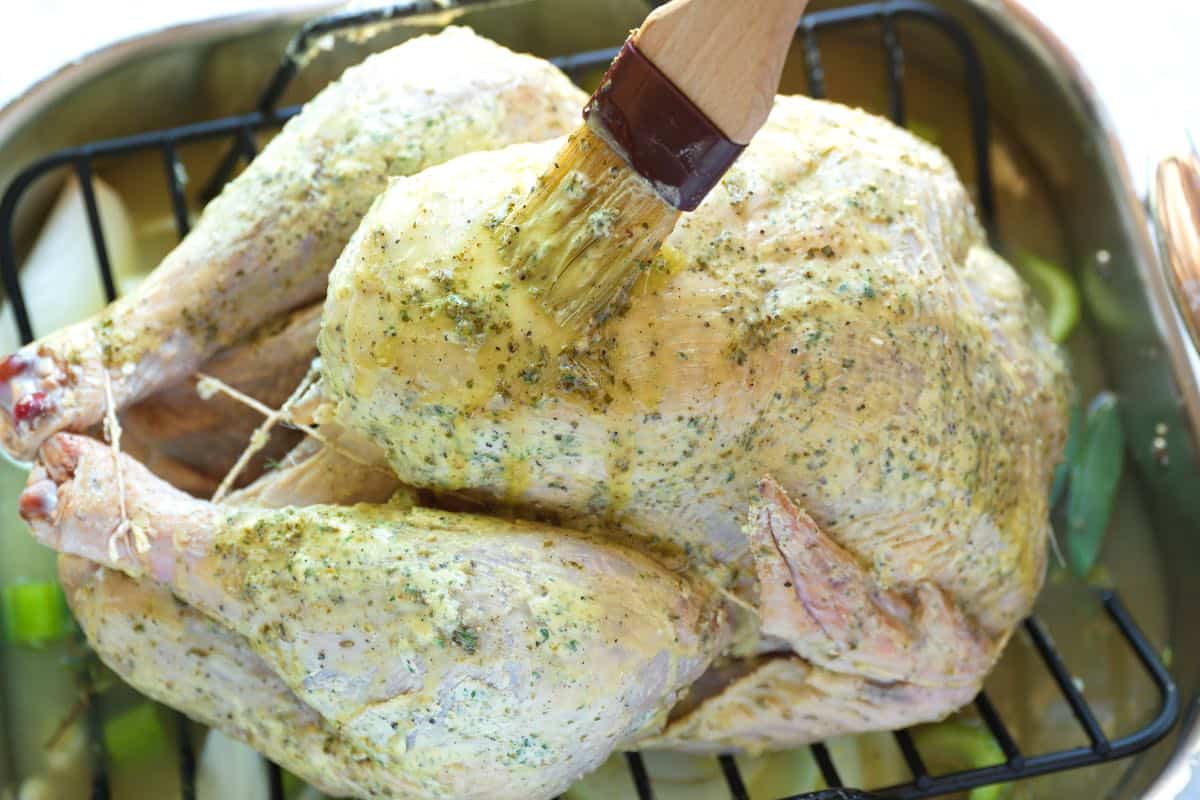
I also baste my turkey while it roasts and recommend that you do the same. Basting fat over the skin keeps it moist and flavorful. Notice I said basting fat. That’s the important part. Spooning broth over the skin doesn’t do much, you need to spoon over the fat! A turkey baster is your friend here. Use it to gather the layer of fat sitting on top of the broth in the roasting pan. That fat will work wonders for the turkey skin. I baste my turkey every 30 minutes or so.
I roast my turkey in an oven preheated to 325°F. The cooking time depends on the size of your turkey and your oven. You want to roast whole turkey for approximately 14 minutes per pound. So, a 15-pound turkey will roast for 3 ½ hours.
The best way to tell if a turkey is done is to use a food thermometer. Check the temperature in several spots, especially in the thickest part of the thigh, avoiding the bone. It’s wise to check both sides of the turkey.
I remove my turkey from the oven when its internal temperature reaches 160°F. The USDA recommends 165°F, but in my experience, carry-over cooking raises the temperature further. As a visual cue, you want to roast turkey until the juices run clear from the thigh after piercing it with a knife.
Once the turkey is out of the oven, let it rest for at least 30 minutes and up to an hour. Lightly covering it with foil will keep it hot while you carve it. If you need to keep it warm for over an hour, place it in an oven set to 200°F and cover it with foil to prevent it from drying out.
Extra Tips and Tricks for the Best Roast Turkey
How to thaw a whole turkey: To safely thaw a turkey, do it in the refrigerator. Plan on 24 hours in the fridge for every four to five pounds of turkey. A 15-pound turkey will take three to four days to thaw, so you would begin thawing it the Thursday before Thanksgiving. To speed up thawing, you can thaw it in cold water (allow 30 minutes of thawing per pound of turkey). Change the cold water every 30 minutes, and if your turkey is not completely covered, rotate it every 30 minutes to keep it chilled. A well-insulated cooler is helpful for this.
Trussing a turkey: We truss our turkey before roasting—position twine around the bird, tucking it slightly underneath the neck end. Bring the twine up and around the wings, pushing them towards the breast. Cross the twine at the cavity, forming an X, and then tie the ends of the drumsticks together.
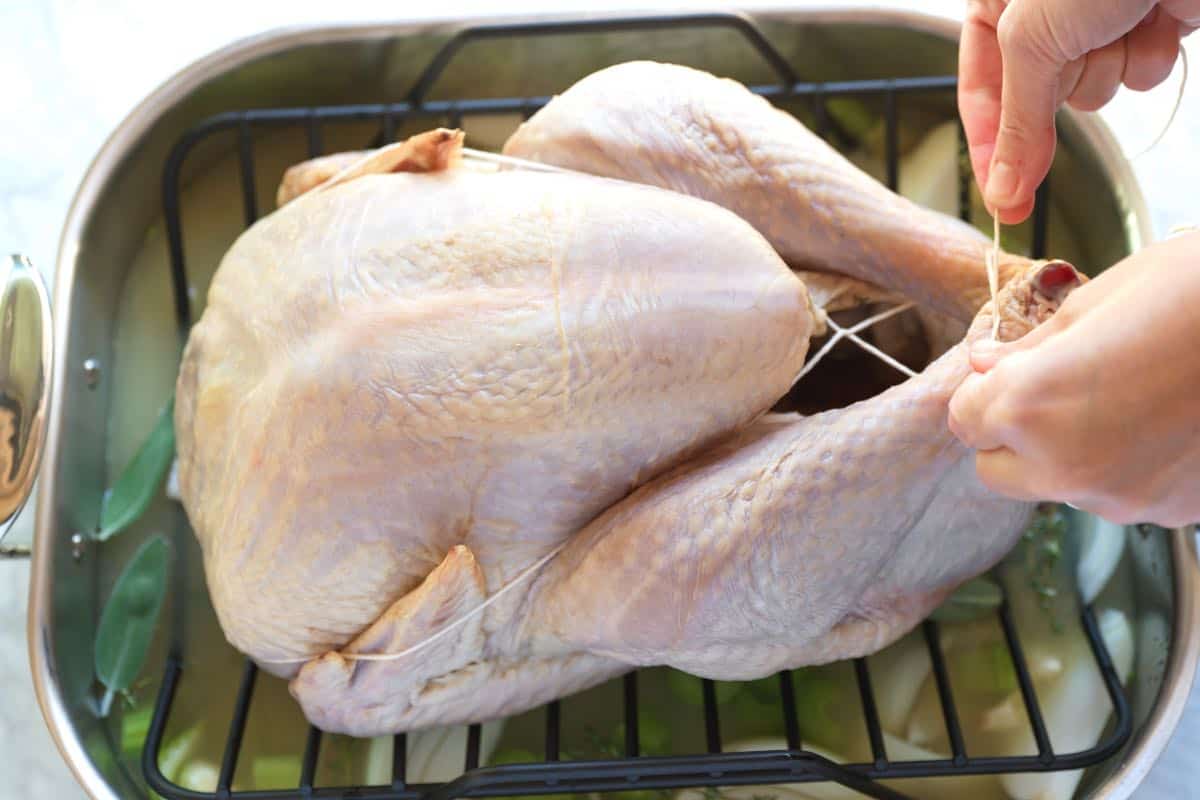
Brining a turkey: We brine our turkey and highly recommend it. Don’t think of brining as a way to keep your turkey moist and juicy. Instead, brining is for FLAVOR and texture. Brined turkey is more flavorful and tender. We wrote a helpful article about brining a turkey with photos and a video showing how we do it.
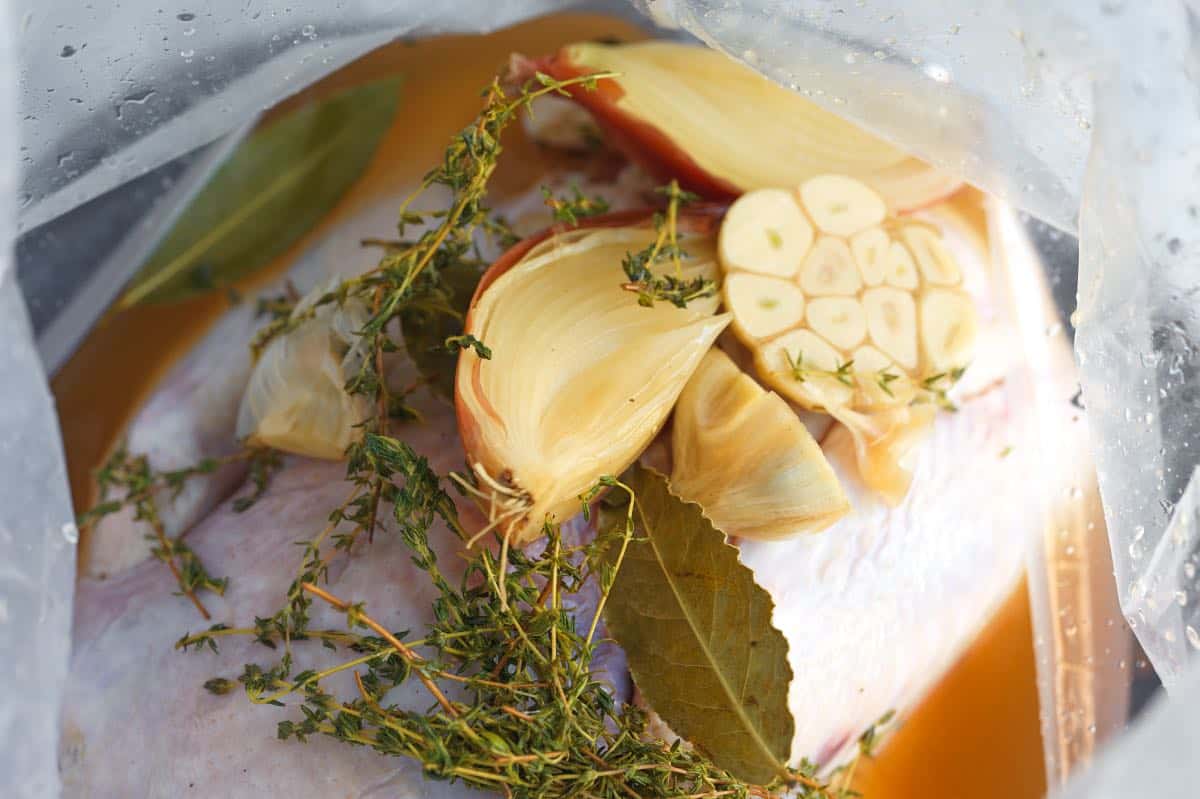
Stuffing a turkey: We do not stuff turkey or recommend it. It’s an excellent way to overcook your turkey since the stuffing will often take longer to come to temperature than the turkey itself. Keep stuffing on the side.
The best turkey gravy: I use only one gravy recipe for Thanksgiving, and it’s the one shared in our video. To make the gravy in our video and photos, use this turkey gravy recipe that uses all those delicious pan drippings!
Popular Thanksgiving Side Dishes
- Classic Mashed Potatoes
- Mushroom Stuffing or Easy Herb Stuffing
- Green Bean Casserole
- From Scratch Turkey Gravy (with pan drippings) or Easy Gravy (without pan drippings)
- Creamy Mac and Cheese or Baked Mac and Cheese
- Garlic Roasted Brussels Sprouts
- Parmesan Roasted Delicata Squash
- Easy Roasted Carrots
- Or see all of our Thanksgiving recipes!
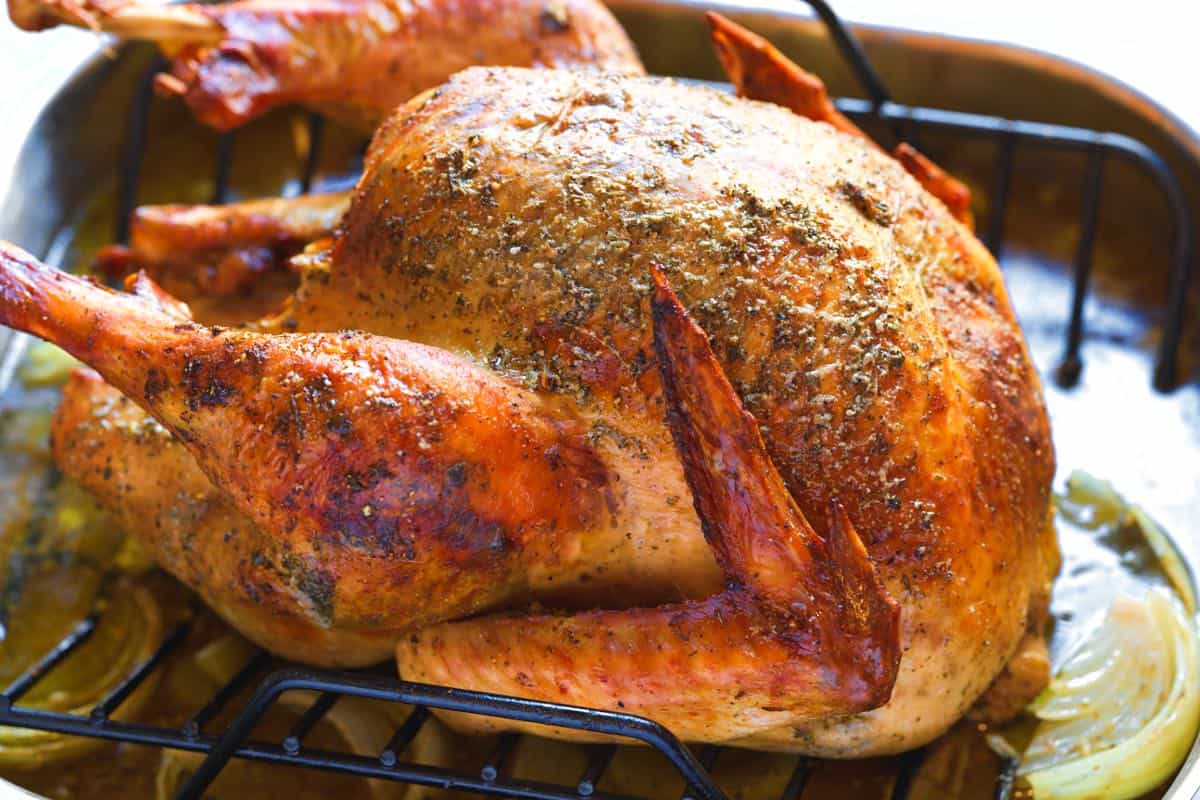
Best Roasted Turkey We've Ever Made
- PREP
- COOK
- TOTAL
Use our oven roasted turkey recipe for turkey with amazing flavor, soft and tender meat, and crispy skin. We highly recommend it to anyone preparing a turkey for Thanksgiving!
We brine and air-dry our turkey; here’s our turkey brine recipe to see how we do it. You can make an excellent gravy using the pan drippings (highly recommended). Air-drying the turkey in the fridge the night before we roast it also helps with getting that crisp, golden brown skin.
Watch Us Make the Recipe
You Will Need
Roast Turkey1 (12 to 20 pound) turkey, brined (recommended) and trussed
Turkey butter, recipe below
1 large onion, cut into eight wedges
2 carrots, roughly chopped
2 celery stalks, roughly chopped
5 cloves garlic, smashed
8 fresh thyme sprigs
4 sage leaves
2 quarts (8 cups or 1.8L) chicken stock
Herb Turkey Butter1 pound (460 grams) salted butter, softened
1 teaspoon fine sea salt
1 tablespoon (5 grams) coarse ground pepper
1 teaspoon Worcestershire sauce or Pickapepper sauce
3 cloves garlic, smashed
1 lemon, zested and juiced
1/2 cup (14 grams) parsley leaves
1/4 cup (7 grams) sage leaves
2 tablespoons (5 grams) fresh thyme leaves
Directions
- Make Turkey Butter
1Pulse all the turkey butter ingredients in a food processor until chopped. Scrape down the sides and bottom of the bowl, then pulse a few more times until smooth.
- Prepare Turkey
1Preheat the oven to 325° Fahrenheit (162° C) and adjust the oven racks so that the turkey will fit.
2Place the onion, carrot, celery, garlic cloves, thyme sprigs, sage leaves, and chicken stock in the bottom of the roasting pan. Set a roasting rack into the pan, suspended above the ingredients.
3Add a quarter of the turkey butter to a small saucepan over low heat. Melt the butter, and then remove from the heat. Set aside.
4Place the turkey on the roasting rack. Use your hands to create a pocket between the skin and breast meat. Use a knife or scissors to make a hole where the drums meet the thighs.
5Rub the remaining turkey butter into the pockets under the skin and the holes near the thighs. Massage the butter to create an even layer underneath the skin — this is a messy job, but well worth it for impact flavor! I use almost all of the butter. Depending on how large your turkey is, you may only need some of it. Alternatively, if you have a disposable piping bag, pipe the butter under the skin and into the holes in the legs, then massage the butter around.
6Flip the turkey over so that it is breast-side-down on the roasting rack. Brush some of the melted turkey butter all over the back of the turkey. Flip the turkey back so that the breast side faces up, and then brush the remaining melted butter all over the top (all this butter will make the turkey incredible). Lightly season with salt and pepper.
- Cook the Turkey
1Roast the turkey for approximately 14 minutes per pound, checking and basting with the fat on top of the broth in the pan every half hour. If the liquid level drops too low in the pan, add some water to replace it. I rotate the pan every hour for even browning. For a 15-pound turkey, it will take 3 ½ hours.
2When the turkey is about two shades lighter than you want in color, tent it with foil and roast until an internal thermometer inserted into a few areas (breast and thighs) reads 160° Fahrenheit (71° C). Check both sides of the thickest part of the thigh, away from the bone. As a visual cue, you want to roast turkey until the juices run clear from the thigh after piercing it with a knife.
3Remove the turkey from the oven and let it rest for 30 minutes to 1 hour before carving. To keep warm after resting, place into an oven set to 200°F (93°C). To prevent it from drying out, loosely cover it with foil.
Adam and Joanne's Tips
- Unsalted butter: When making the turkey butter, if you have unsalted butter instead of salted, add an additional teaspoon of fine sea salt to the butter mixture.
- Helpful equipment: Brine bag or 5-gallon bucket (optional if brining), large roasting pan with rack, disposable piping bag, food-grade nitrile gloves (for massaging the butter), basting/pastry brush, and turkey baster.
- Nutrition facts: The nutrition facts provided below are estimates. We have used the USDA database to calculate approximate values. Calories and fat are likely a bit off because much of the butter melts down to baste the bird and eventually ends up in the bottom of the pan.
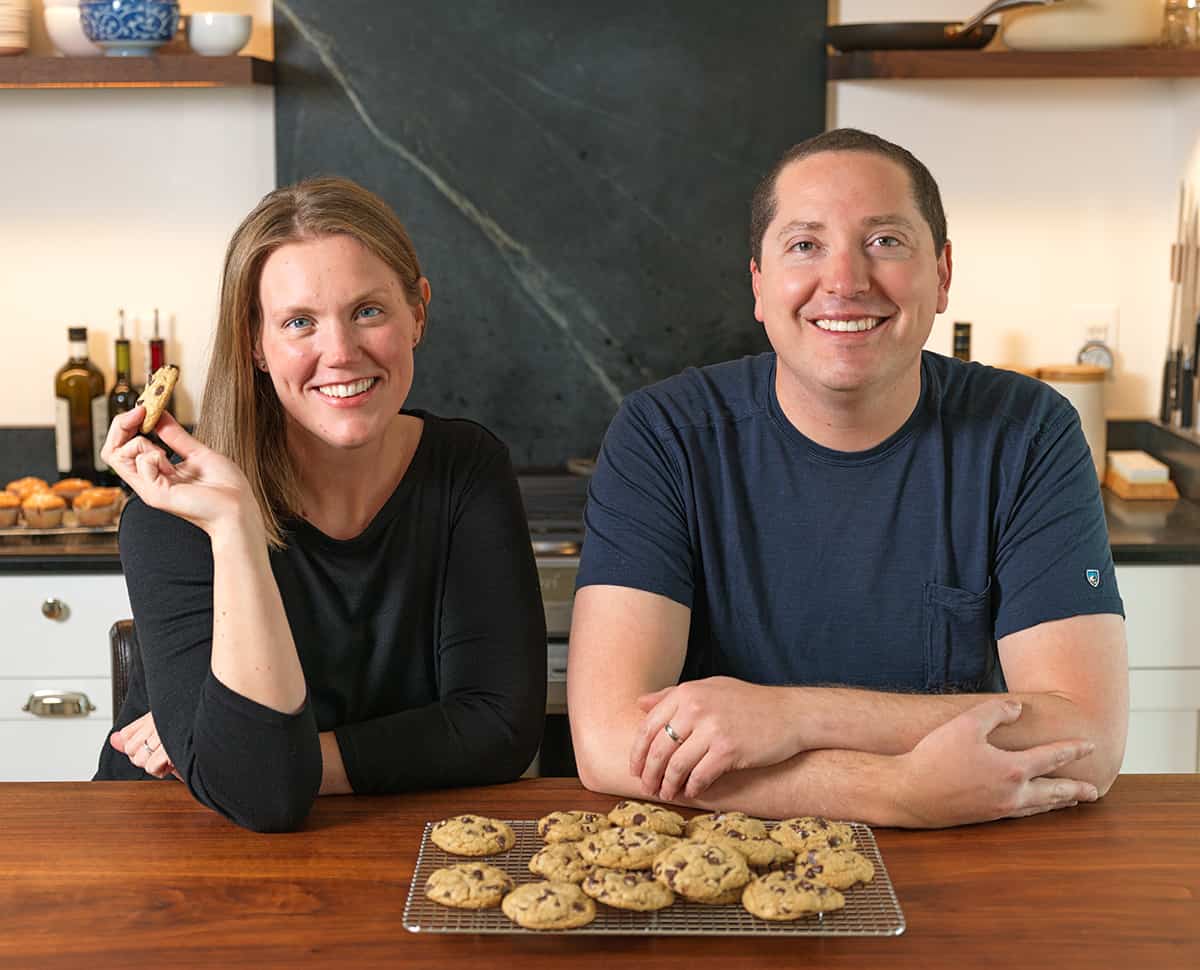
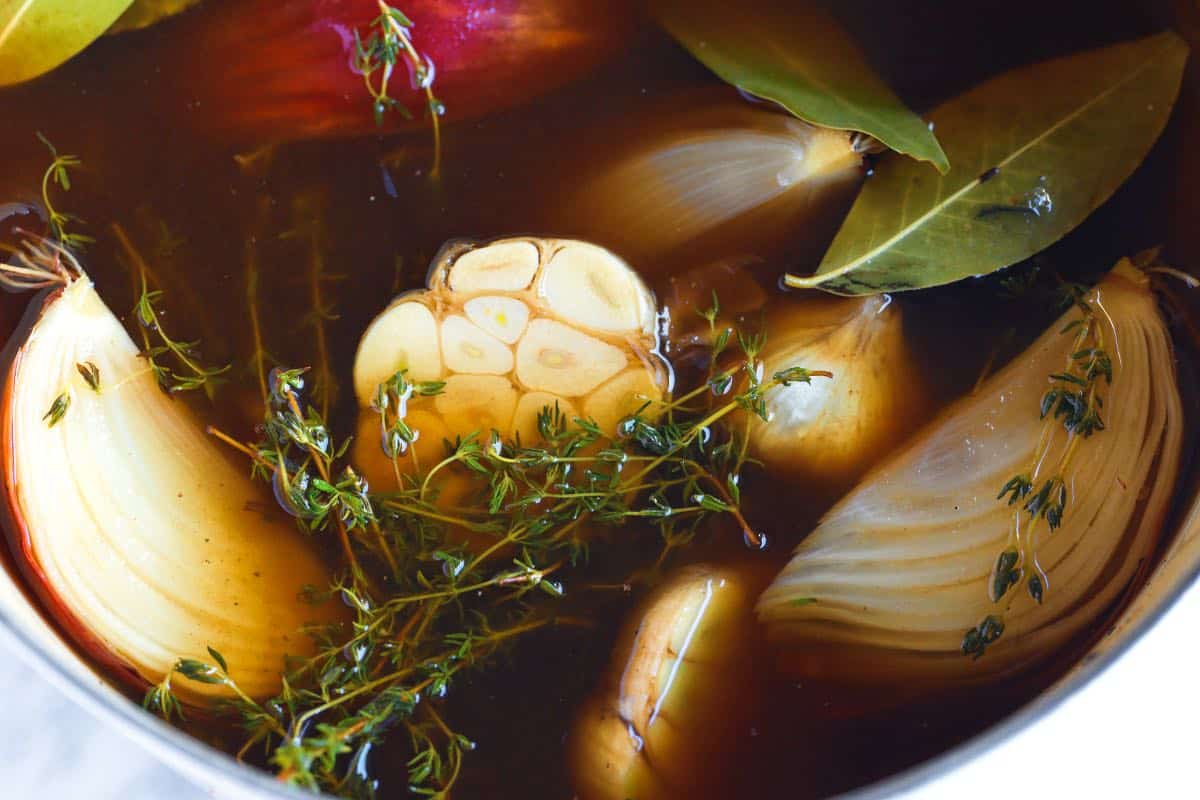
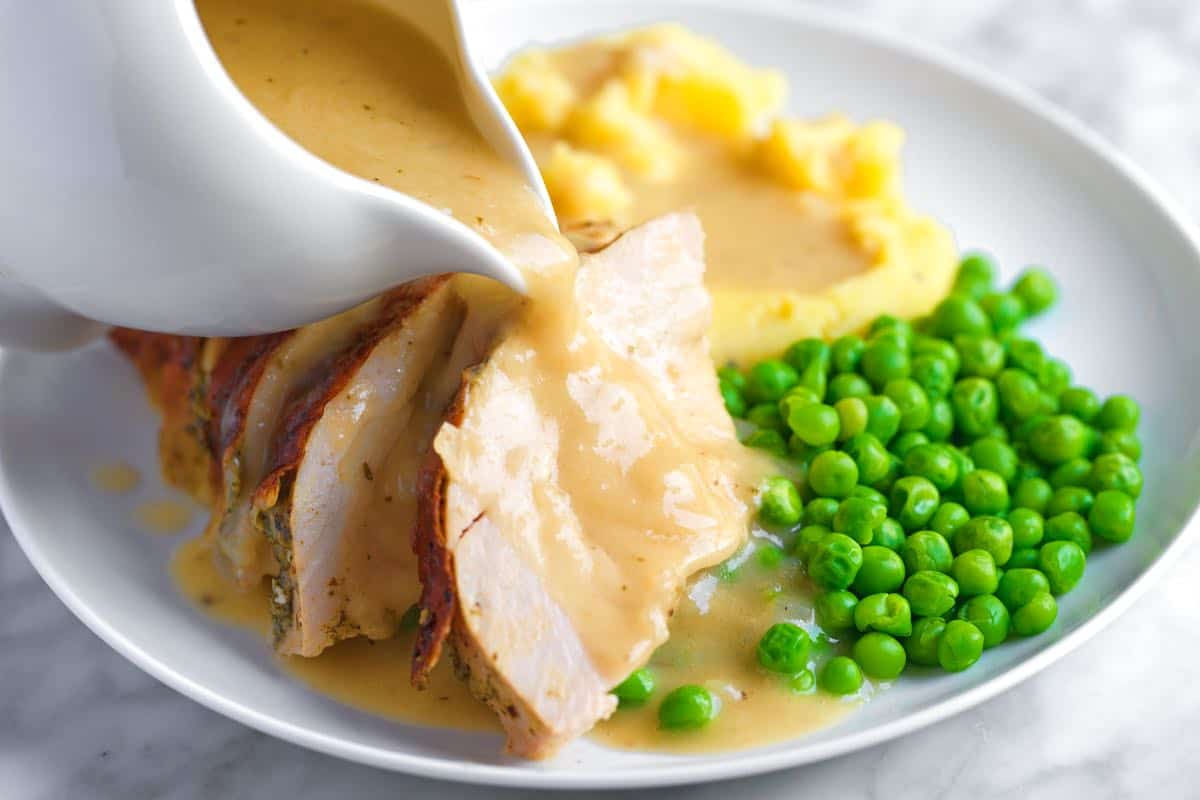
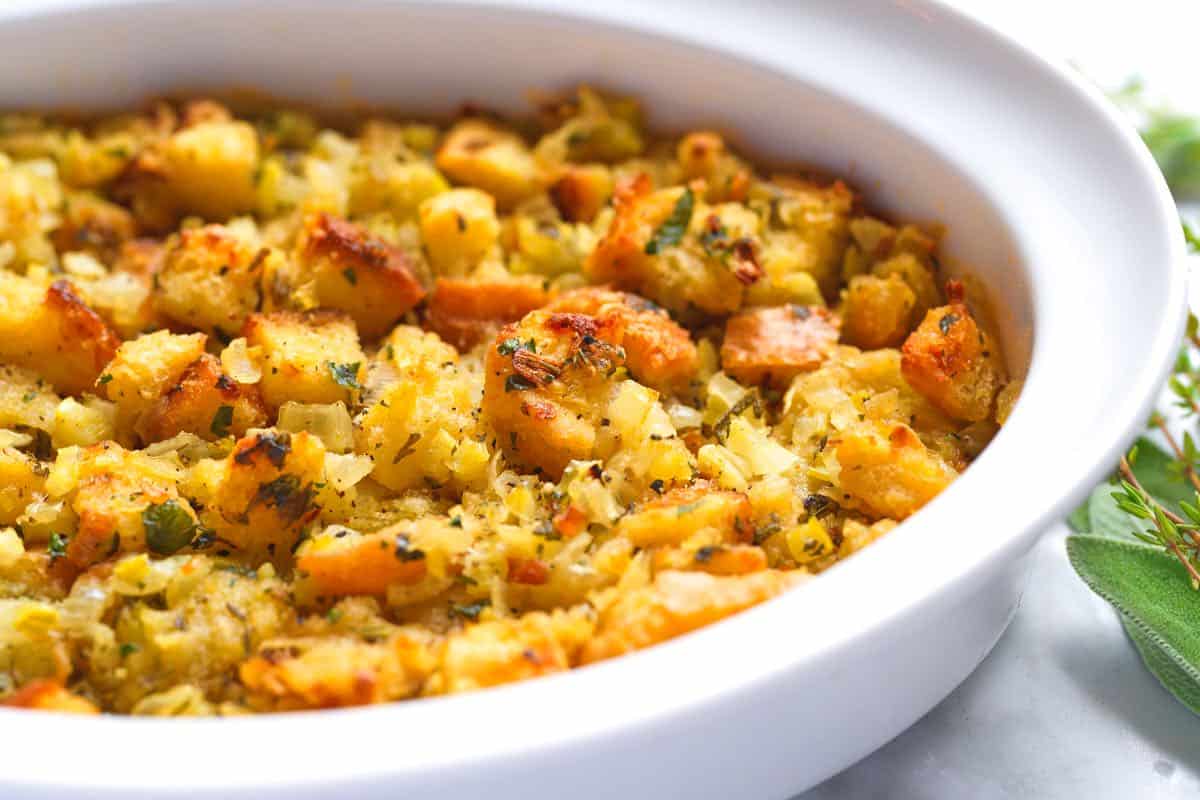
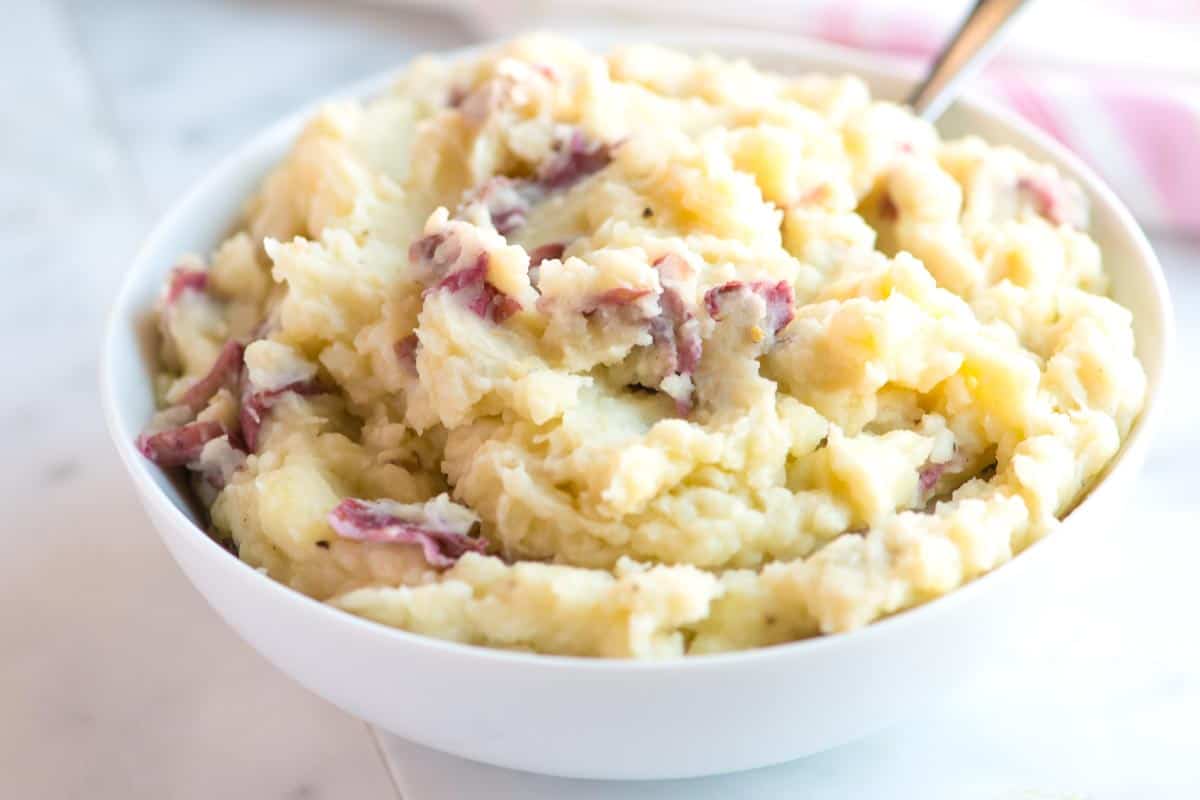
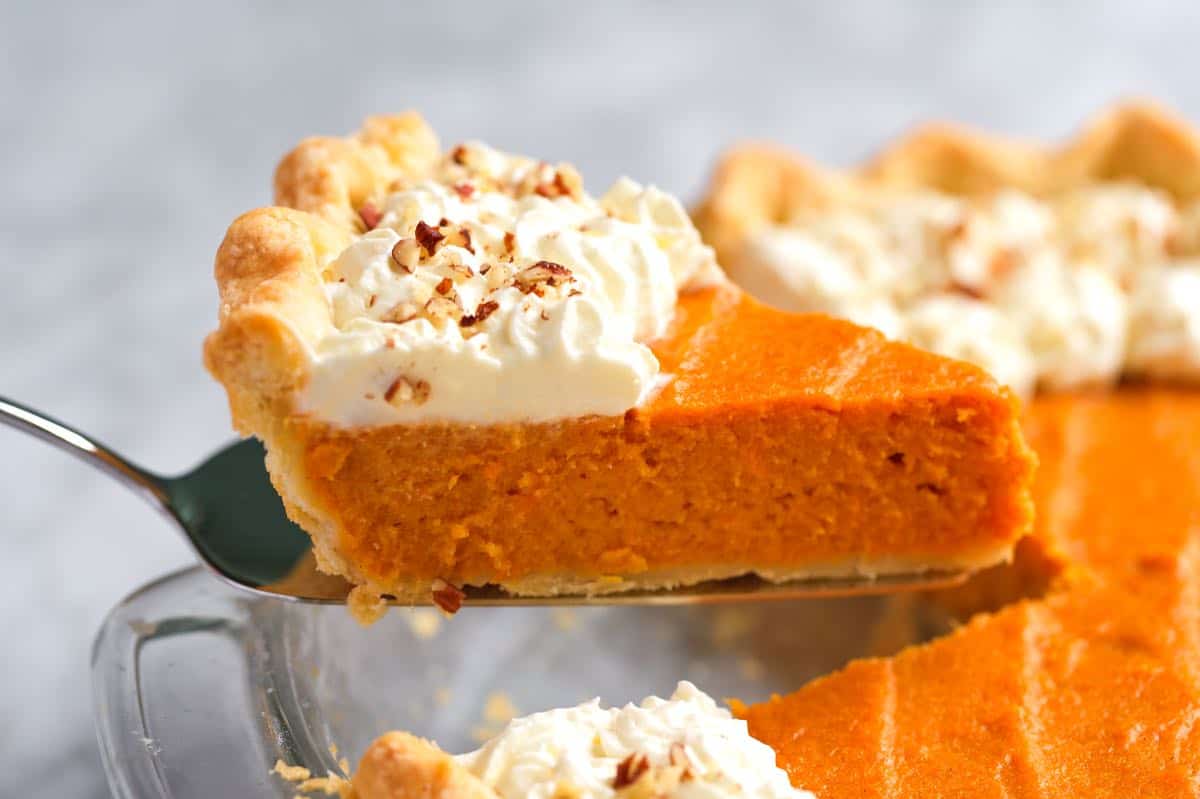
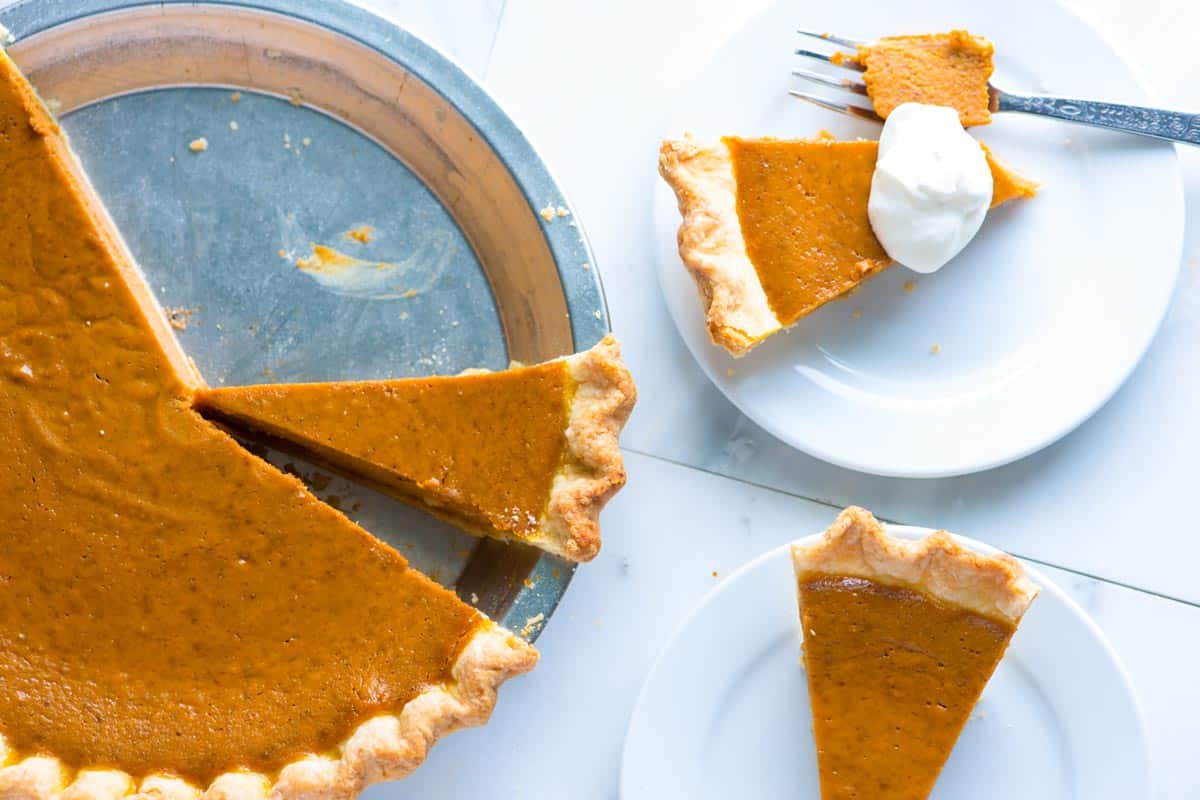

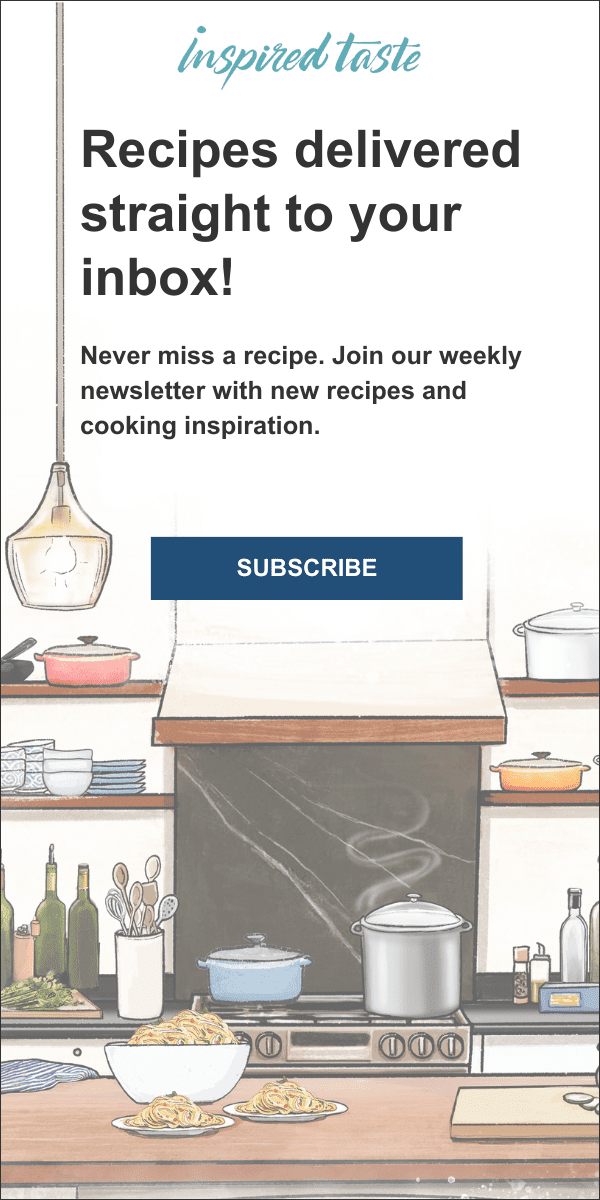
This made the BEST Turkey gravy I’ve ever had! Thanks for the recipe!
Came across this recipe
Christmas morning so I did not brine and didn’t have all the items ie. Fresh herbs or lemons so I made a couple subs (swapped dried herbs for fresh according to common conversions) and used red wine vinegar (1.5T) in place of lemon juice. I baked it at 325F, following the rotating every hour and chose to baste with every rotation. DELICIOUS! Total hit with the whole family! Will definitely be keeping this recipe! Thanks so much!
Awesome recipes team I will be doing this for Christmas here in New Zealand
The most juicy turkey I’ve ever had. Was proud to say people when back for seconds just for my turkey! Thank you for making this years meal that much better!
Amazing recipies! I followed your recipies for the turkey brine, roasting the turkey and the gravy and the results were incredible. Everyone complimented how moist and flavorful the turkey was. Your explanations and timelines were super helpful and made my first time hosting Thanksgiving a hit.
Definitely the best turkey I’ve ever made and likely the best I’ve ever eaten too!!
I used this recipe for Thanksgiving today, as well as, the turkey butter, brine and gravy. Best turkey and gravy I have made ever! Definitely will do this again and again. Thank you for the recipes!
I dont have a food processer. I only have a nutra bullet. Can I use that instead to mix the herbs and butter?
It should work!
I mistakenly dried my turkey with paper towels after I took it out of the brine. Is that a problem? I put it in the refrigerate to further air dry overnight before I roast it tomorrow. I hope I didn’t ruin it! It had been in the brine since Monday night.
No worries, you haven’t ruined your turkey! Patting it dry won’t undo the brining process. It’ll still be moist and flavorful. Leaving it uncovered in the fridge overnight will help with surface drying anyway. Happy Thanksgiving!
Question: I don’t have kosher salt. Will coarse sea salt work? If so, how much?
Coarse sea salt is actually a pretty good substitute for kosher salt. If you are making the turkey brine, I recommend weighing your salt.
This is my first time making a turkey and I want to save time. Could I make the herb butter ahead of time? Also what temperature should I use to reheat or keep the turkey warm?
You absolutely can make the herb butter ahead of time! In fact, it’s a great way to save time on Thanksgiving Day. Just mix your softened butter with your herbs and spices, then store it in the refrigerator (it will keep for several days). When you’re ready to use it, let the butter soften at room temperature for easier spreading.
As for reheating your turkey, aim for a low oven temperature around 250-300°F (120-150°C). This helps prevent the turkey from drying out. You can tent it with foil to further lock in moisture. If you just need to keep the turkey warm while you finish up side dishes, place into an oven set to 200°F (93°C). To prevent it from drying out, loosely cover it with foil.
Using your recipe this year. Concerned about the basting process. My turkey is 21lbs. That would make my cook time
Hi Karyn, When basting, you want to spoon or squeeze over the liquid fat floating on top of the liquid in the roasting pan. It’s the fat that will brown and crisp the skin. Good luck 🙂
It’s my first every turkey and I am looking forward to trying out your recipee! I do plan on making the turkey and gravy the day before. Do you have any tips for storing and re-heating the meat & the gravy?
Making your turkey and gravy ahead of time is a great idea! Just be sure to let both cool completely before storing them in separate airtight containers in the fridge for 3-4 days. To reheat, warm the turkey slices gently in the oven with a little broth to keep them moist. Reheat the gravy on the stovetop or in the microwave, adding a bit of broth or water if needed to thin it out. Enjoy!